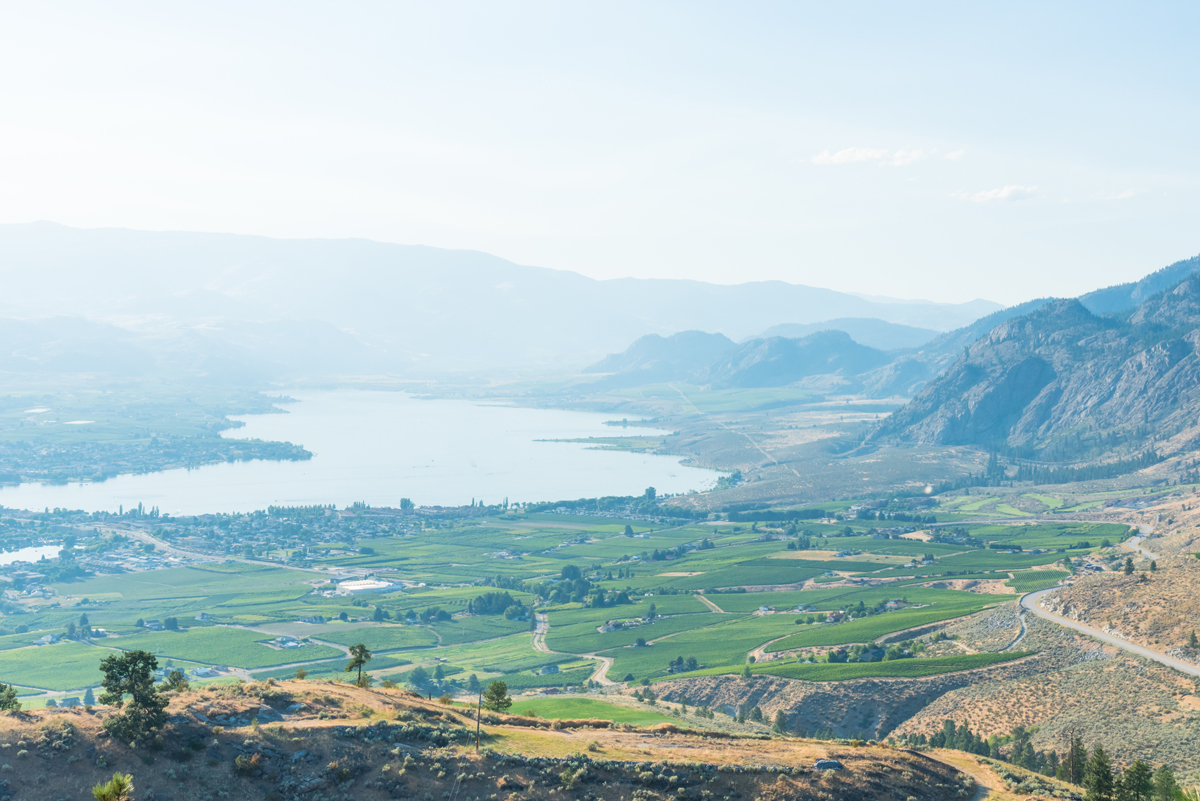
Wine Culture Magazine

Getty Images photo
This past summer, we all looked on in anxiety as smoke wreathed wine country and wondered: How would this epically bad wildfire season affect the vintage?
In other words, what’s the risk of 2021’s wines being damaged by smoke taint?
“Smoke taint” is the collection of unpleasant flavours and aromas that can result in wine when grapes have been exposed to smoke. To get technical about it, burnt wood produces free volatile phenols that bind to grape sugars and produce glycosides that can break apart during fermentation or aging, causing the wine to taste smoky, burnt, ashy or medicinal.
Given 2021’s unusually severe fire season, the topic popped up during the panel discussion at Wine Growers British Columbia’s recent Local Flights trade tasting event in Vancouver.
The good news is that the smoke situation is not as bad as it looks, according to panelist Gordon Fitzpatrick, president of Fitzpatrick Family Vineyards, which is known for its excellent sparkling wines. (He knows his fires, too—his family founded CedarCreek Estate Winery, which was in direct line of the historic 2003 blaze.)
He noted that most of this year’s smoke was second-hand, which means there was little direct skin contact. “It’s really the skin contact you have to worry about,” he said. If smoke seems to be an issueduring production, they will simply avoid fermenting grapes on the skins—for instance, by making a blanc de noir from their Pinot Noir grapes.
Similarly, over at Blasted Church Vineyards, winemaker Evan Saunders isn’t too worried either. “On the red side, we’ll just go for it. Go big and bold and complex and see where we end up in December,” he said.
As wildfires continue to be a regular feature of our summers, we might just have to consider a whiff of smoke part of the flavour profile of B.C. wines. As panel moderator Kurtis Kolt said, “There’s more schools of thought that it’s part of the vintage, part of the terroir.”

Vitis is is an indispensable seasonal guide for vintners, sommeliers and weekend imbibers alike that is dedicated to British Columbia’s rapidly evolving wine culture.

Vitis is is an indispensable seasonal guide for vintners, sommeliers and weekend imbibers alike that is dedicated to British Columbia’s rapidly evolving wine culture.
Copyright © 2025 - All Rights Reserved Vitis Magazine